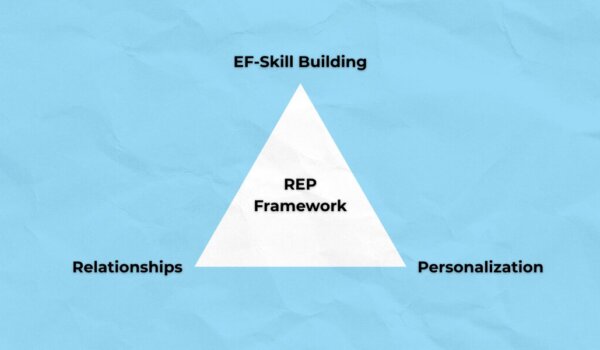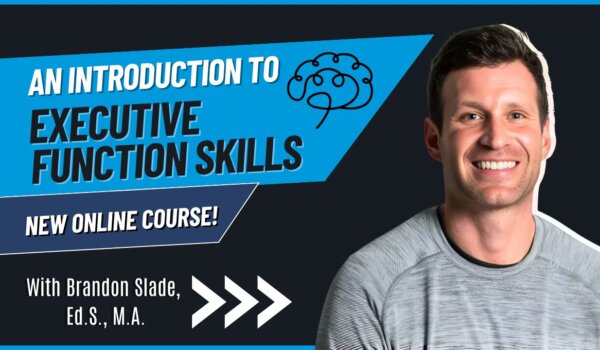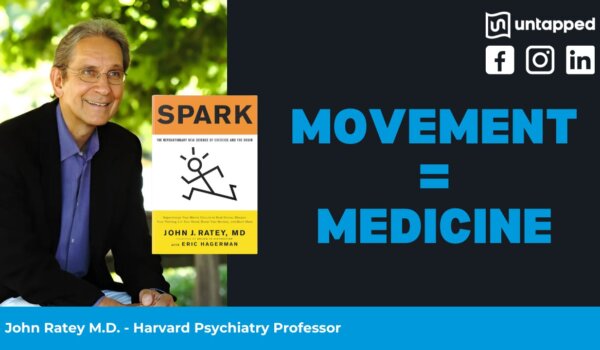Archives

Blog
The Unspoken Reality of ADHD and Sleep
It’s 3:17 AM. I look over at the clock, and I could not be
Read More →

Blog
Reflections on Being a Father With ADHD
It’s a common feeling: you’ve read the parenting
Read More →

Blog
What Is (and Isn’t) an Executive Function Coach?
If you’ve heard the term executive function coach but
Read More →

Blog
How We Coach Executive Function Differently: The REP Framework in Action
When a bright, motivated student continues to struggle in
Read More →

Video
A Research-Based Approach to Executive Function Skills
Executive function skills are the foundation for academic
Watch Video →

Video
Learning with AI: A Cognitive Science-Based Approach to Smarter Studying
AI shouldn’t replace your learning — it should upgrade it.
Watch Video →

Video
How a Skateboard Therapist Helps Teens Manage Stress & Anxiety
We know the end of the school year is intense for you and your
Watch Video →

Video
How an ADHD Coach Builds Executive Function in Students
ADHD isn’t about laziness or a lack of
Watch Video →

Video
The Truth About Impulsivity & Executive Function | Neuropsychologist Dr. Powell
Dr. Kristin Powell, Ph.D., ABPP-CN, is a board-certified
Watch Video →

Video
The Simple Neuroscience of Studying
Natalie Wilcox, a master’s student specializing in
Watch Video →

Video
Harvard’s Dr. Ratey: Why Exercise is Medicine for the Brain
What if the key to unlocking focus, motivation, and
Watch Video →

Podcast
Dr. Peg Dawson on Executive Function Development, Parenting, and Building Confidence in Your Child
Are you struggling to help your students develop the confidence
Listen to Podcast →
